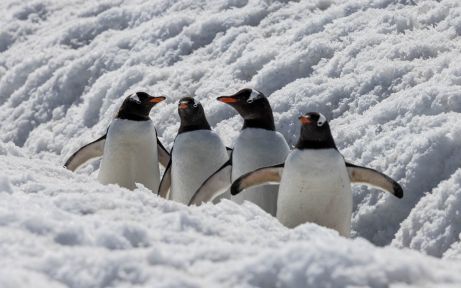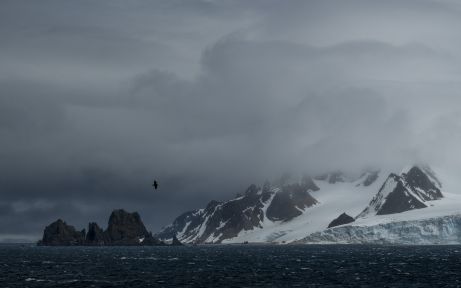Exciting changes are on the way!
As part of our merger with Polar Latitudes, we’re refreshing key elements of our website to reflect this new chapter. Discover more in our latest news update.
The Antarctic peninsula is a stretch of land that juts out from the northwestern area of Antarctica. The peninsula is the closest point of connection between the Antarctic and the rest of the world, separated by a mere 1000 kilometres of ocean known as drakes passage.
Area of Antarctic Peninsula
Population of Antarctic Peninsula
Facts about Antarctic Peninsula
- Antarctica
- Antarctic Peninsula






